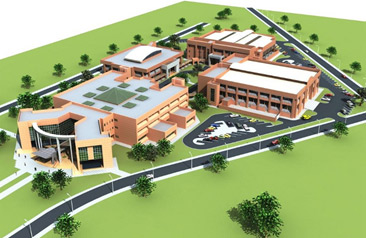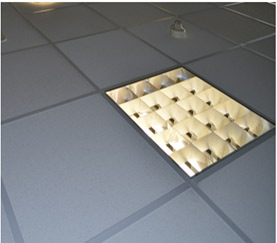Project Details
Client : Government of Botswana, Department of Civil Aviation.
Cost of Works : BWP 400, 000.000.00
Date of Completion : 28th July 2015
Project Description
Airports are projects that normally define the culture of the country and as such usually have something that relates to the people of that country. Sir Seretse Khama International Passenger Terminal is no different. The airport roof is in a shape of diamonds, which are a major mineral from Botswana.
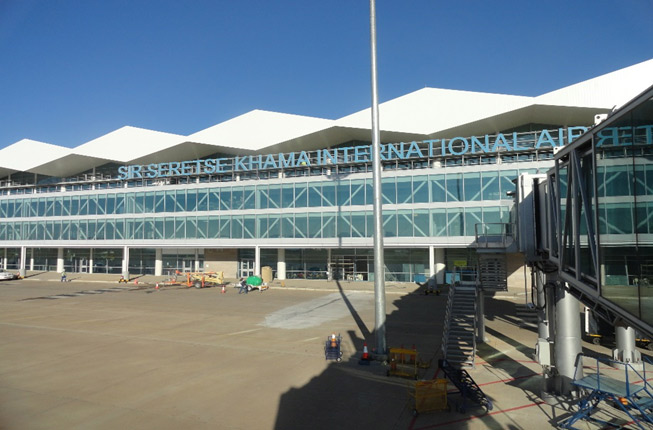
The total floor area of all storeys of the building is 25, 000m2. The airport comprise of main concourse, arrival, departure lounges, offices, duty free shops, conference rooms, store rooms, change rooms, restaurants, banks, Computer rooms, Server Rooms, UPS/electrical room and Mechanical Equipment plant rooms.
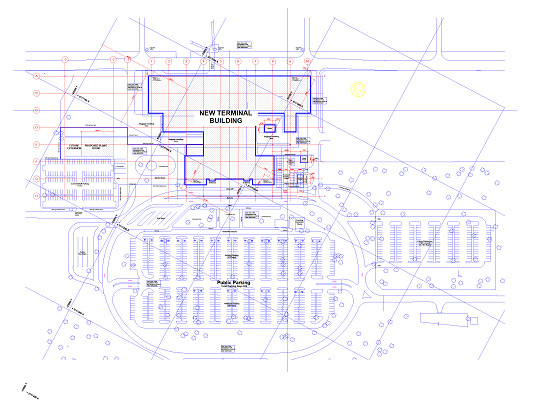
Sir Seretse khama International Airport is designed to accommodate about 500 passengers at full capacity. Like any other airports across the globe it is designed to operate 24 hours every day, although at present the airport is occupied at most 16 hours. The introduction of more flights and passengers in transit will make it possible to have the facility operate 24 hours per day.
The building was designed with relevance to Airport Mechanical Design Standards “Los Angeles World Airports”.
Design Response and Philosophy
The client, The Government of Botswana through their Department of Buildings and Engineering Services (DBES) was involved in the choice of designs. To take advantage of the load pattern of most of the occupied spaces, G4 Mechanical Engineers used conventional chilled water air conditioning system, which is ideal for continuous nature of usage of the facility.
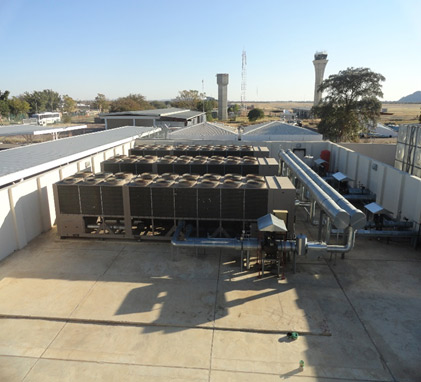 The installation comprised a chilled water system comprising three chillers with a total cooling load of 3, 600 Watts, air handling units, fan coil units and fresh air fans. Two chillers can meet the total demand of the facility and the other will be on standby.
The installation comprised a chilled water system comprising three chillers with a total cooling load of 3, 600 Watts, air handling units, fan coil units and fresh air fans. Two chillers can meet the total demand of the facility and the other will be on standby.
The chiller plant is located outside the terminal building with chilled water pipes running in trenches and rising in duct shafts to serve air handling units and fan coil units.
The most of the building spaces like concourse, offices, restaurants, banks and lounges were designed to achieve internal conditions of 230C, 50%RH in summer and 200C, 40% RH in winter.
Equipment Rooms
All equipment rooms were designed and located to facilitate the removal, transport and replacement of the largest equipment component housed within the room.
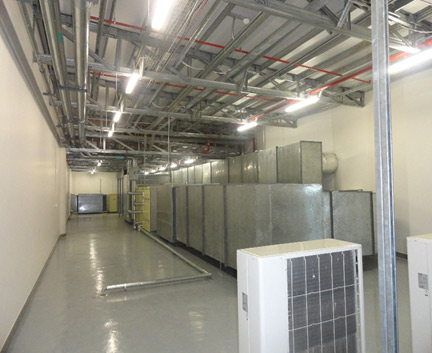 HUs selected have 65% pre-filter and secondary washable filters. The units comprise of microprocessor, dirty filter alarm and electric reheat elements. All AHUs connect to Building Automation System for remote monitoring and control.
HUs selected have 65% pre-filter and secondary washable filters. The units comprise of microprocessor, dirty filter alarm and electric reheat elements. All AHUs connect to Building Automation System for remote monitoring and control.
Radial Long Jet Nozzles
In view of the double volume arrangement of the Main Concourse, departure and arrival lounges we decided to install radial long jet nozzles which are capable of supplying large volumes of air and are suitable for mounting heights of up to 37m.
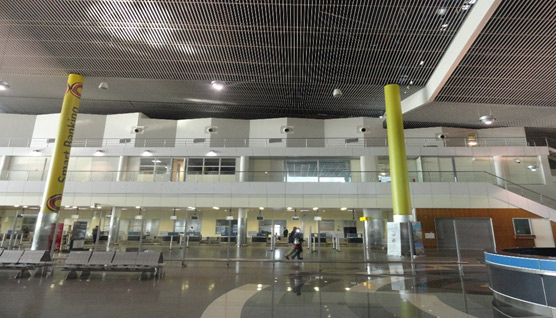
Thermal Modeling for Reduction in Energy Consumption
The selection of proper glazing material, roof insulation and solar shading to achieve optimum thermal performance was made easier with the use of the Application Guides.
The whole exercise involved the client, architects and engineers to study the heat gains through the building orientation, optimum building materials and glazing to reduce heat gains and air conditioning energy consumption. Our contribution towards energy savings comprised in our assistance to the architects with regards to material selection, particularly, glazing, roofing and other façade materials.
Optimal Selection of Air Conditioning Plant
The optimal selection of the appropriate air conditioning plant comprised in the following;-
- The use of chillers that are fully automatic. The leaving temperature is continuously monitored to detect load and flow changes. The selected chillers use two independent refrigerant circuits- the second one takes over automatically, when the first one malfunctions, maintaining partial cooling under all circumstances.
- The use of multiple compressor concept for optimized part-load efficiency and minimized starting current.
- Energy is saved in all AHUs serving the concourse and lounges by utilizing 85% return air which is filtered and circulated through the plenum box.
Indoor Environmental Quality
To maintain indoor air quality we provided fresh air to all occupied spaces at a rate of 7.5l/s.
Refrigerant/Gaseous Ozone Depleting Potential (ODP)
Use of chillers that use R134a refrigerant, which is a modern refrigerant and has not had any phased out controls yet according to the Montreal protocol. The R134a refrigerant has zero ozone depletion potential and very low warming potential.
MER Room
The MER Room was provided with split system AC suitable for the room. The units provided come with microprocessor, dirty filter alarm, humidifier and interlock flip-flop miracle controller for remote monitoring and control. The room is protected by PYROSHIELD fire Suppression System. The room had to undergo integrate test for compliance.
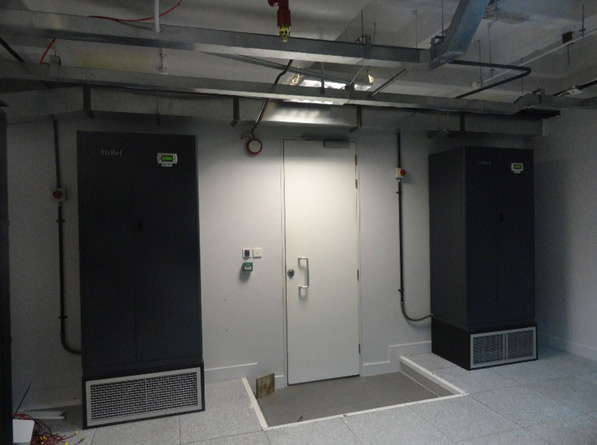 LIGHTING SYSTEMS: These were carefully selected to suit the particular use and afford the greatest visual comfort. The aesthetic aspect was not left out. High IP rating bulkheads were used on external walls while beautiful down-lights, pendants and wall washers were installed inside the building. Lighting levels adhere to EISNA specifications. |
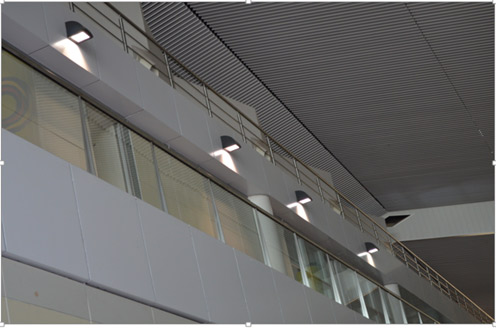 Wall washers lighting a passage |
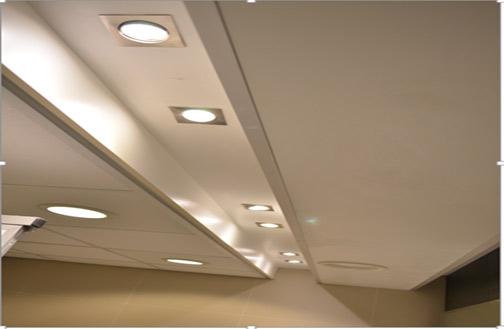 Stylish LED’S in a toilet |
| SMALL POWER/ LIGHTNING PROTECTION: Internal power reticulation was designed and installed to assure power centers were placed as near to load centers as possible. Safety in the installation of distribution boards was a prime consideration as earthing practices were strictly adhered to. The same consideration was given to lightning protection. |
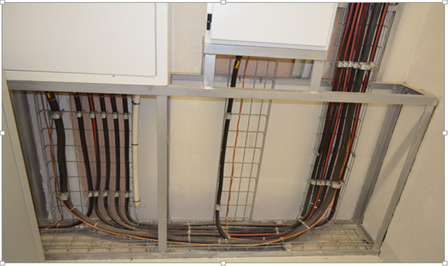 Equipment earthing for safety |
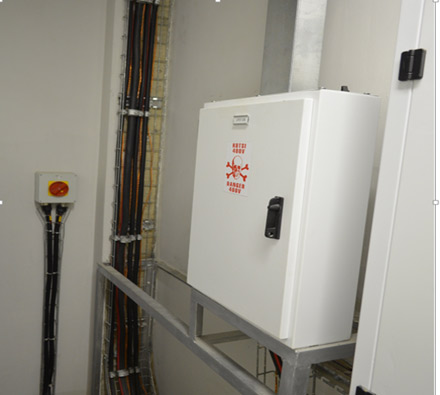 Well-placed isolators for equipment isolation and maintenance |
| UPS: A total of 8 UPS units, the largest of which is 40KVA were installed, designed to give 30 minute autonomy to critical loads in the event of main power failure and to assure clean power is provided to sensitive electronic systems. The UPS is powered from utility power or the standby generator. |
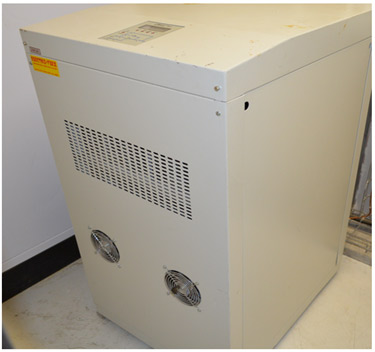 A 20KVA UPS for one of the office areas |
| FIRE ALARM SSYSTEM: The fire alarm system on this project is a large interconnected system consisting of three main panels, one ……..panel and one smaller panel in the external plant-room. All office spaces are protected by smoke detectors, as are roof voids. The whole system is monitored from a special control room with BMS and fire systems. |
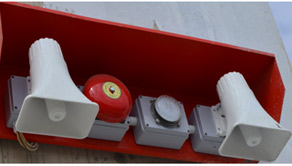 Parts of fire alarm system |
| STANDBY GENERATOR: The 1 MVA standby generator was sized to handle all he lighting and small power load in the new terminal building, including the lifts and all electronic equipment. |
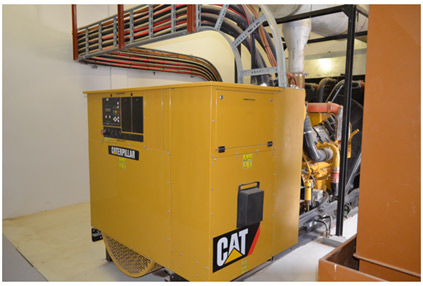 2MVA Diesel genset situated in the external plant room assures smooth running of airport activities when utility power is down |
| MV PLANT: This consists of 11 KV switchgear in the external plant room. Based on the design, transformers are connected to the MV network though ring main units which make it possible to isolate a particular transformer for maintenance or replacement. |
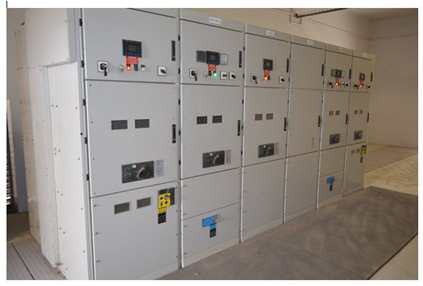 The MV panel which forms part of the electrical back bone feeding the main terminal building. |
| LIFTS: The main terminal building has five lifts strategically placed to allow users of the building to move around with ease. Three of these are scenic lifts. The departures and arrivals lounges each have one scenic lift. |
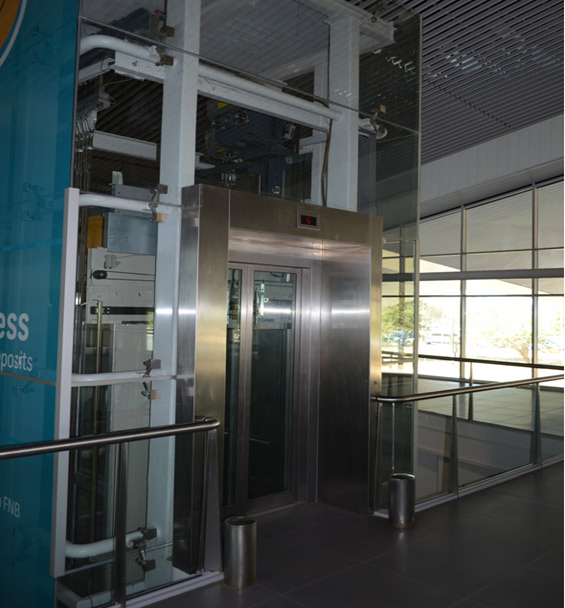 One of the scenic lifts near the main entrance |

